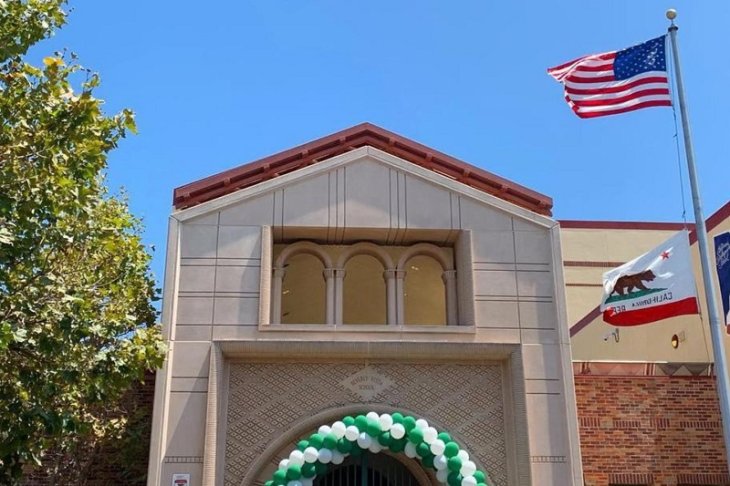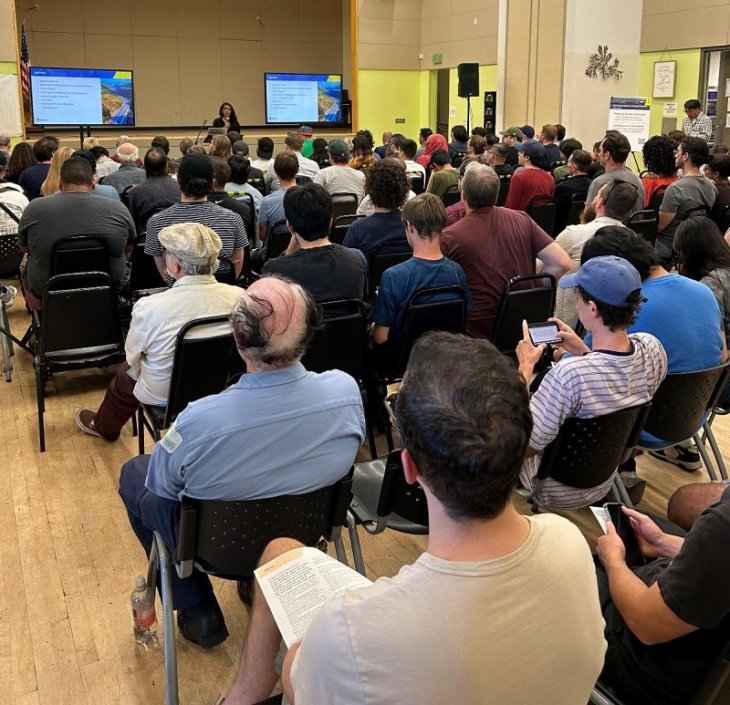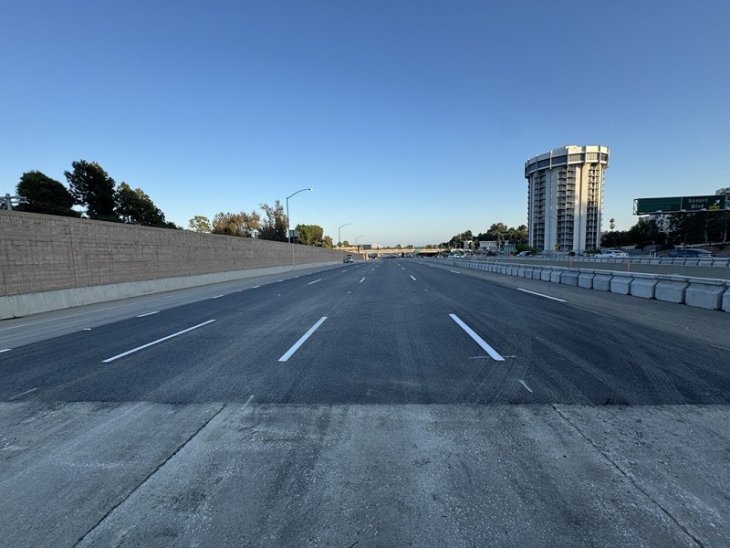The Keeper of the National Register (National Park Service, Department of Interior) has listed Los Angeles’ iconic Malibu surfing area in the National Register of Historic Places. This is the first National Register listing centered on surfing history and recognizes Malibu’s worldwide contributions to the sport made in the years following World War II — from surfboard design and production; to a distinct, relaxed, and “cool” style of surfing; to the beach of Gidget and the explosion of surfing’s popularity.
The 160-acre Malibu Historic District is entirely composed of public property and includes: the First Point, Second Point, and Third Point surf breaks, the Malibu Pier, and portions of both Surfrider and Malibu Lagoon State Beaches. The immediate area of eastern Malibu now has three periods of California’s cultural history represented in the National Register: the Chumash Humaliwo village site; Stiles O. Clements’ Adamson House; and now the Malibu Historic District.
The Malibu Historic District listing establishes a new pathway for coastal conservation — complimenting established protection models based on natural habitats or important species with those based on historical and cultural significance. The listing is site-specific and secures protections in state and federal coastal project planning explicitly from the point of view of the area’s significance, in this case surfing. The listing serves as a qualifying step for additional state protections based on historical significance.
Said Michael Blum, Executive Director, Sea of Clouds, the organization which researched and authored the Malibu Historic District National Register nomination: “From Barcelona’s Camp Nou to Yosemite’s Camp 4, people gathered together in sport have created places of history, culture, community, and tradition. A jewel of surfing like Malibu is no different. We’re pleased to honor the women and men who helped make Malibu and made their names surfing there. This project documents a part of our broad coastal history, an indelible part of California’s history, and certainly of surfing history itself.” He adds, “We think the history this National Register listing celebrates and the protections it secures establishes a forward-looking conservation path centered on coastal places rich in story. We are excited to explore these ideas further in future projects.”
Said Henry Stern, California State Senator (D-27), whose district includes Malibu: “Never before has a surf spot been officially recognized as a historic place in our National Register. Nowhere is more fitting to be first than First Point, and the magical place that is ‘Surfrider.’ The iconic wave, deep cultural roots dating back thousands of years, and timeless style have always made surfing Malibu historic. Now it’s official.”
Said Skylar Peak, Mayor, City of Malibu: “It’s terrific news for our community when you can add a National Register property to Malibu. Surfrider Beach has long been a destination for beach goers and surfers alike while acting as the catalyst destination for the Southern California surfing community in shaping its surf and beach culture seen on the worldwide stage. This beautiful beach and cobble point-break with the back drop of the Malibu Pier creates a perfect wave when the south swell is up and hosts millions of visitors on an annual basis. The district honors a generation who created surfing history here and whose legacy you see today surfing at First Point. I’m excited to celebrate the listing with our residents, other Angelenos, and the world community of surfing, Aloha!”
In addition to the coastal planning protections secured through the National Register listing, the Malibu Historic District maintains existing public access, public safety, nearby private property rights, public property ownership, and the area’s current uses, such as: pier fishing, summer camps, special events and, of course, surfing.
The National Register of Historic Places was created through the National Historic Preservation Act of 1966 and is the nation’s official list of properties worthy of preservation. More than 90,000 properties are listed in the National Register and represent 1.4 million individual resources. The Keeper of the National Register, the National Register Chief, is part of the National Park Service, United States Department of Interior. Prior to final review by the Keeper, the Malibu Historic District was reviewed by: the Bureau of Land Management; California Department of Parks and Recreation; California State Historic Preservation Officer; California State Historic Resources Commission; California State Lands Commission; and Los Angeles County. The City of Malibu and local tribal representatives also provided comments.
The Malibu Historic District nomination included two photographs graciously provided by Mr. Dick Metz and the Surfing Heritage & Culture Center (surfingheritage.org). Mr. John Mazza and the Pepperdine University Special Collections Library provided access to, and photography of, several rare, period-specific surfboards (library.pepperdine.edu).
Information on the Malibu Historic District and an updated schedule of community outreach events is online at seaofclouds.org. A dedication ceremony celebrating the Malibu Historic District listing will be scheduled for Summer 2018.






















